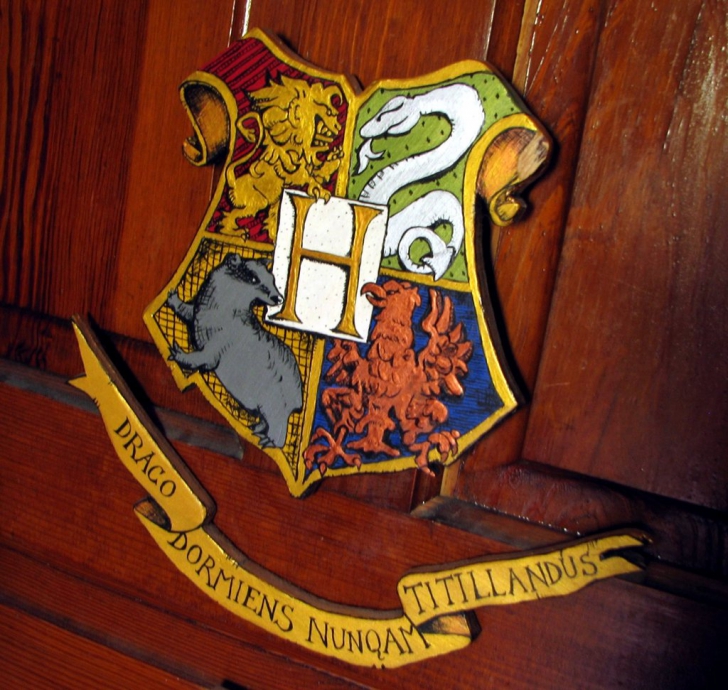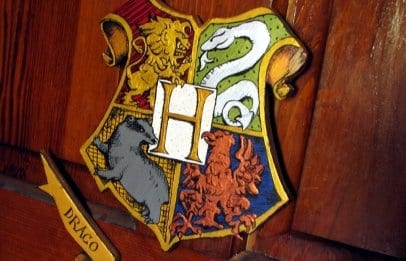
Children who attend the Hogwarts School of Witchcraft and Wizardry have a very special gift, but it’s not necessarily magic.
A study by researchers from four universities has found that children who spend time in JK Rowling’s magical world of Harry Potter have more empathy toward marginalized groups, including gay people, Pink News reports.
“We conducted three studies to test whether extended contact through reading the popular best-selling books of Harry Potter improves attitudes toward stigmatized groups (immigrants, homosexuals, refugees),” the abstract reads.
The researchers conducted their work in elementary schools, high schools and universities in Italy and the United Kingdom and found that “identification with the main character (ie, Harry Potter) and disidentification from the negative character (ie, Voldemort) moderated the effect.”
Aside from the myriad of scientifically proven benefits that come from reading, those who have read Rowling’s popular stories are probably not surprised; the series explores a number of dynamics wherein characters are oppressed or fight against oppression. For example, from the outset of The Philosopher’s Stone, the first book, Harry’s non-magical (Muggle) relatives have him closeted away (literally), trying to surpress his magical tendencies.
The study, published last week in the Journal of Applied Social Psychology, is especially timely, as, in Rowling’s universe, July 31 is Harry Potter’s birthday, according to Muggles on the internet. In the world of the book series, he has just turned 33 and hasn’t yet sent his own children off to Hogwarts, hopefully to have a learning experience similar to what young readers continue to receive from the world of Hogwarts.



 Why you can trust Xtra
Why you can trust Xtra


